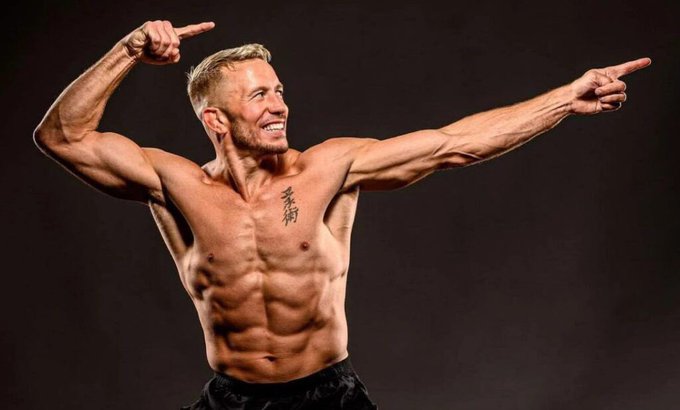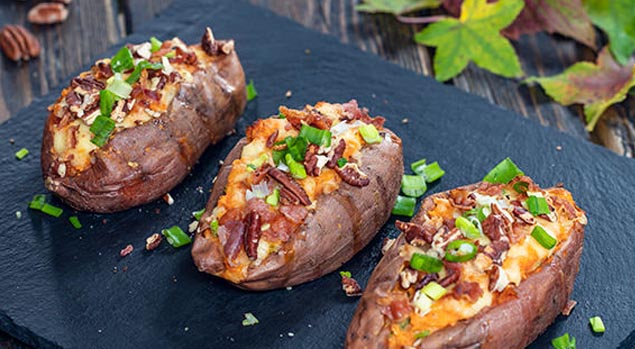
‘Cutting weight’ shouldn’t be confused with weight loss.
Cutting weight stands for losing weight at a quick pace before an upcoming fighting competition.
There are two methods for Weight Cutting before a competition:
- One method is losing weight in the form of fat and muscle in the weeks prior to an event.
- The other is losing weight in the form of water in the days before the competition.
The Advantages of Weight Cutting for MMA Fighters
There are cases when an athlete artificially lowers his weight for pre-fight weigh-ins, and then goes for the actual fight about 10 to 30 pounds heavier than his opponent.
Anderson Silva, considered one of the best MMA fighters usually fights in the 185-pound class. He actually weighs about 215 pounds. For the pre-fight weigh-in, Anderson “cuts” 30 pounds to meet the target weight. He then gains most of it back in time for his fight – within just 24 hours.
Georges St Pierre, about 195 pounds, cuts 25 pounds to make his 170-pound weight class. He then gains 20 to 25 pounds back before his fight.

Martial artists who get to weigh in the day before their fight have a tremendous advantage over those who must compete on the same day.
Best Replenishment Strategies After Weight Cutting
While cutting weight helps fighters enter their desired competition, the lack of a proper replenishment strategy will leave them weak, tired, and unable to perform at their best.

Depending on how much weight they cut, it can take up to 12 hours or more to replenish the lost fluids and nutrients.
- Eat carbs: While protein helps preserve muscle mass during the weight cut, carbs are preferred in the replenishment process.
- Carbs and proteins in liquid form, specifically those that are fast-digesting and low in fiber should be taken first to replenish the lost nutrients and water.
- Bananas and prunes are rich in potassium and their natural sugar content provides quick energy.
- Fatty and fibrous foods are best avoided immediately afterward since they are slow to digest. It is important to choose foods that get absorbed quickly.
- Avoid sugary treats like cookies and cakes which provide a fast spike of energy followed by a crash, leading to lethargy.
- Starchy carbs like sweet potatoes and rice help fill up the muscles with glycogen for sustained energy release during the fight.

Read more: 5 Best Chocolate Peanut Butter Smoothie Recipes for Muscle Building
Dangers of Weight Cutting
If not done in the right manner, weight-cutting can have very negative consequences.
- Poor performance and increased risk of injury: Using passive water-loss strategies like diuretics or Epsom salt baths are dangerous as they deplete water from places like joints, leading to poor performance and higher chances of injury.
- Beware of dehydration: It is the most limiting factor in athletic performance. While planning to cut weight it is essential to have the support of a nutritionist to ensure the fighter’s body is not being deprived of critical nutrients.
- Can be fatal: If not executed under careful supervision, weight cutting can cause serious health problems such as heart attack, kidney failure, and organ failure. MMA has witnessed two deaths that of Brazilian fighter Leandro Souza in 2013 and Chinese fighter Yang Jian Bing in 2015 owing to such cutting weight practices.
Before You Go…
Weight cutting offers you a big advantage in a competition. However, it must be done safely and by following the right methods. Make sure to replenish your system well once the competition is over.
Have an energizing high-calorie smoothie packed and ready with you so that you can drink it immediately after the session. Follow up with a healthy, low-fat meal that’s easy to digest.
Read more: The Complete Guide: Everything You Need to Know About Weight Loss and Weight Cutting
